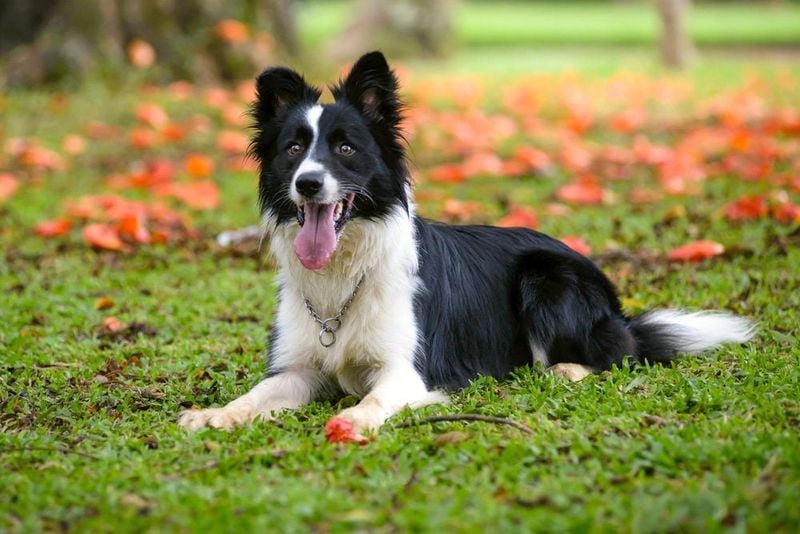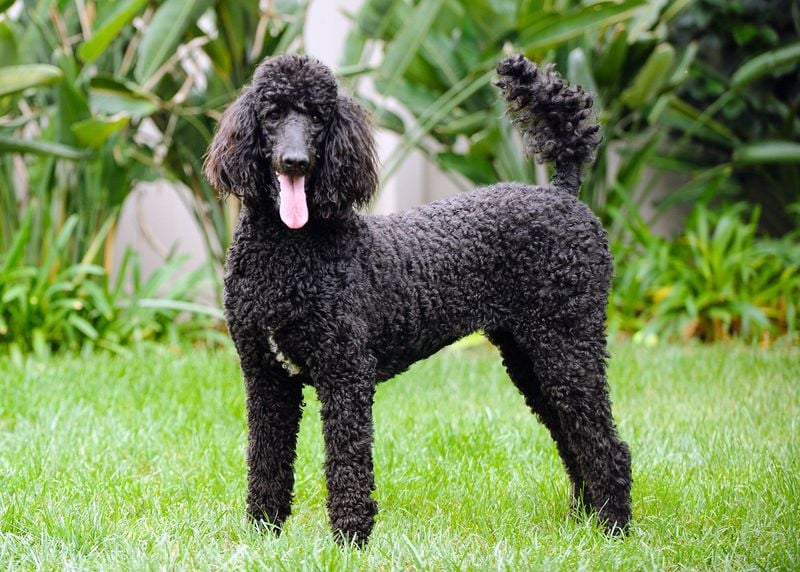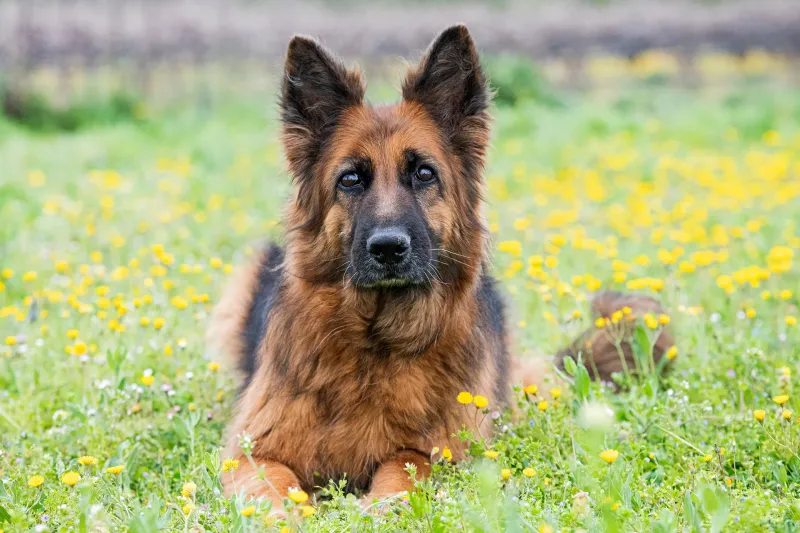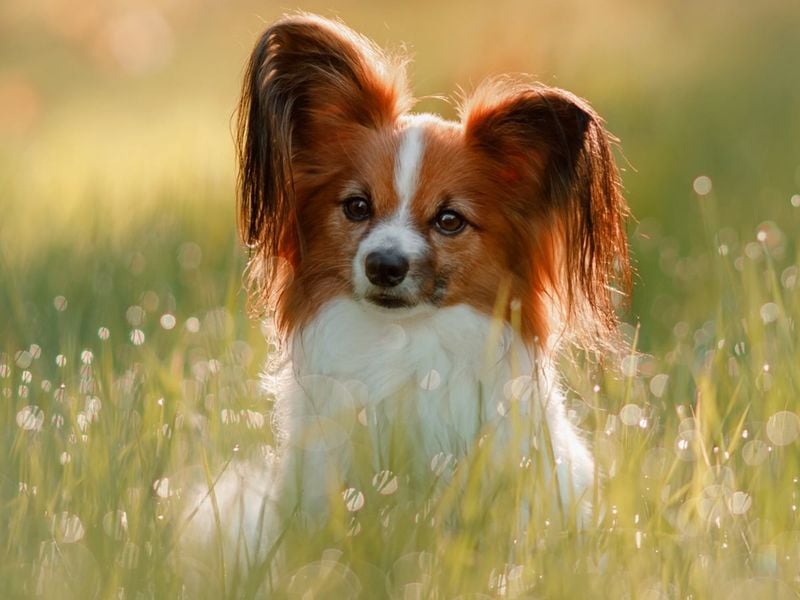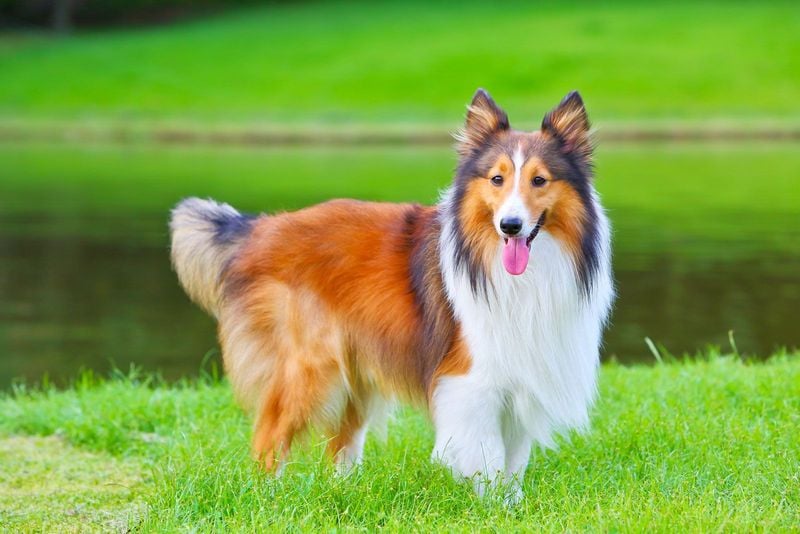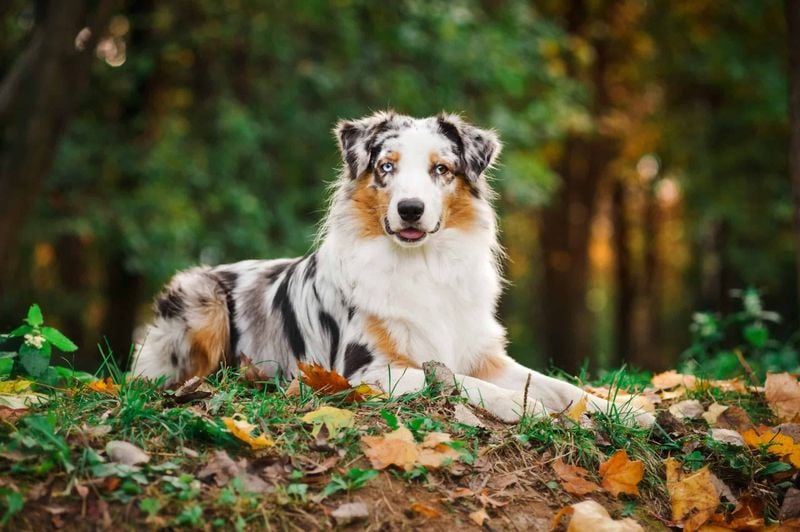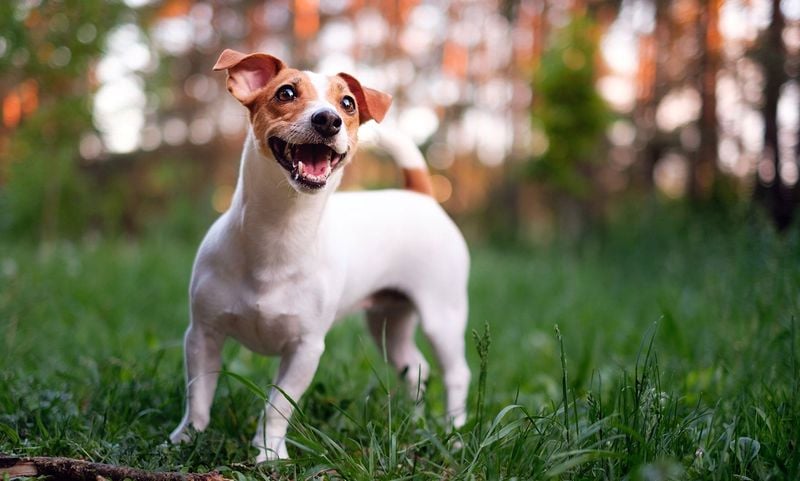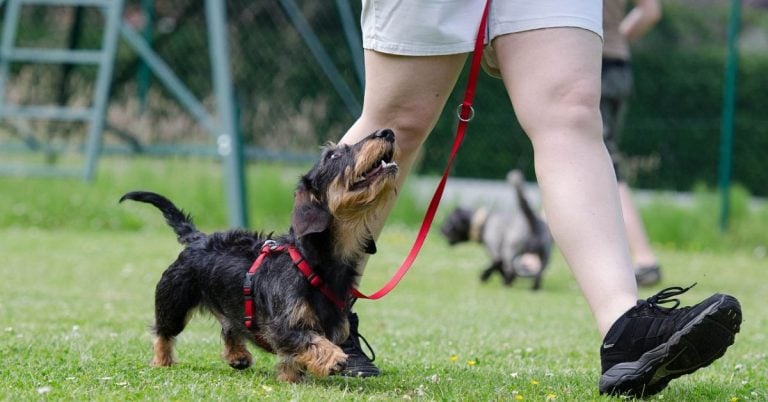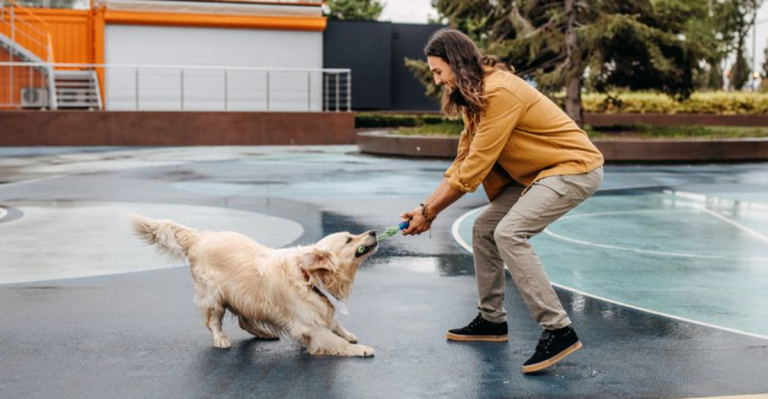10 Dog Breeds That Always Listen and 10 That Pretend They Didn’t Hear You
Dogs vary in more than just size, coat, and energy—they also differ in how willing they are to follow directions. Some breeds thrive on structure and eagerly await their next command, making training a smooth and often rewarding process. Others take a more independent approach, listening only when it suits them or when there’s something in it for them.
Understanding how different breeds typically respond to training isn’t about labeling dogs as “good” or “bad”—it’s about recognizing their instincts, history, and personalities. Breeds developed for close work with humans, like herding or service dogs, often have a built-in drive to obey. On the other hand, dogs bred for independent tasks, like hunting or guarding, may be perfectly capable of learning commands—they just don’t always feel the need to comply.
Whether you’re looking for a dog who’s eager to please or you already share your life with a stubborn charmer, it helps to know what kind of temperament you’re working with. It can shape how you train, how you bond, and how realistic your expectations should be.
Let’s take a closer look at 10 dog breeds that are known for their attentiveness and trainability—and 10 that tend to follow their own instincts first.
1. Border Collie: The Straight-A Student
Renowned for their extraordinary intelligence, Border Collies practically read your mind before you even speak a command. These workaholic herders live to please their owners and thrive on mental challenges. Their laser-like focus makes them exceptional at obedience training, agility courses, and complex tasks. A Border Collie will remember commands after just a few repetitions and execute them perfectly. These energetic pups need jobs to do, or they’ll invent their own – sometimes mischievous – activities. With proper mental stimulation, they’re the most reliable listeners in the dog world, making them favorites for dog sports competitions worldwide.
2. Golden Retriever: The Eager-to-Please Companion
Golden Retrievers approach training sessions with boundless enthusiasm and a wagging tail. Their natural desire to make you happy translates into excellent listening skills and a willingness to follow directions. These friendly dogs combine intelligence with an exceptional emotional connection to their humans. They’re sensitive to tone of voice and facial expressions, making them responsive to both verbal and non-verbal cues. Historically bred as hunting companions, Goldens maintain their heritage of working closely with humans. Their patience and forgiving nature make them ideal for first-time dog owners, as they’ll happily keep trying even when you’re still learning how to give clear commands.
3. Poodle: The Brilliant Problem-Solver
Don’t let the fancy haircuts fool you – Poodles rank among the most intelligent and trainable dogs in the world. These quick-witted canines process commands rapidly and remember them for life. Originally bred as water retrievers, Poodles combine athletic ability with sharp minds. They excel at understanding complex instructions and can learn an impressive vocabulary of commands. Many Poodle owners report their dogs understanding context and adapting to situations without explicit instructions. Their eagerness to engage mentally with their humans makes training feel more like a partnership than a teaching exercise. These sophisticated dogs respond especially well to positive reinforcement techniques.
4. German Shepherd: The Devoted Protector
German Shepherds approach commands with the seriousness of a soldier receiving orders. Their legendary work ethic and loyalty make them exceptional listeners who prioritize their handler’s instructions above all else. These dogs possess remarkable intelligence combined with a natural protective instinct. They’re capable of learning complex tasks and making independent decisions when necessary, all while maintaining obedience to their trusted human. Police and military organizations worldwide choose German Shepherds precisely because of their reliable listening skills. They maintain focus even in chaotic environments, a trait that carries over to family life where they remain attentive despite household distractions.
5. Labrador Retriever: The Faithful Student
America’s most popular dog earned its status partly through its exceptional listening abilities. Labs combine intelligence with an easygoing temperament that makes them naturally responsive to human direction. Their food motivation creates training opportunities that make learning commands a joyful experience. Labs genuinely want to understand what you’re asking and will work diligently to get it right. Originally bred to work alongside fishermen retrieving nets and catches, Labs have a genetic predisposition for human partnership. Their patient nature means they’ll listen attentively even when you’re inconsistent with commands – though they appreciate clarity and routine in training sessions.
6. Doberman Pinscher: The Precise Executor
Dobermans bring an intense focus to training that few breeds can match. Created specifically to be the perfect protection dog, they listen with a purpose and execute commands with military precision. These athletic dogs combine lightning-fast reflexes with remarkable intelligence. A well-trained Doberman can distinguish between dozens of different commands and respond appropriately in split seconds. Behind their imposing appearance lies a sensitive soul that forms deep bonds with their family. This emotional connection strengthens their desire to listen and please. Dobermans thrive with clear communication and consistent expectations, rewarding good leadership with unwavering obedience.
7. Papillon: The Pocket-Sized Prodigy
Don’t let their delicate butterfly ears and tiny stature fool you – Papillons pack serious brainpower into their small frames. These toy spaniels consistently rank among the most trainable small breeds, with listening skills that rival much larger working dogs. Papillons combine an eager-to-please attitude with remarkable memory retention. They learn commands quickly and remember them for life, often picking up routines just by observing. Their alert nature means they’re always tuned in to their environment and their owner’s voice. Papillons particularly excel at agility training where their listening skills shine as they navigate complex courses with minimal guidance. These bright little dogs prove good listeners come in all sizes!
8. Shetland Sheepdog: The Attentive Herder
Shelties approach listening as part of their herding heritage, where responding quickly to commands could mean the difference between losing or saving livestock. Their intense focus makes them exceptional students during training sessions. These sensitive dogs pick up on subtle cues most humans don’t even realize they’re giving. A slight change in your tone or body position registers immediately with a Sheltie, making communication almost telepathic at times. Their eagerness to please combines with remarkable intelligence, allowing them to master complex command sequences. Shelties particularly excel at obedience competitions where precise listening is essential. They maintain this attentiveness throughout their lives, remaining reliable responders well into their senior years.
9. Australian Shepherd: The Intuitive Worker
Few dogs display the kind of sharp attentiveness and drive to work that these energetic companions do. With a near-telepathic ability to anticipate commands, they seem to understand what you’re about to ask before the words leave your mouth. Their reputation for intelligence is well-earned, matched by a strong desire to stay engaged and purposeful. Whether herding livestock or learning a new trick, they treat listening as a serious responsibility. Trainers and owners alike often marvel at how quickly they pick up new cues—sometimes after just a few repetitions. Their adaptable thinking allows them to adjust their behavior on the fly, especially in dynamic or high-distraction situations. Mentally stimulating tasks aren’t just beneficial—they’re essential for keeping these clever dogs happy and well-behaved.
10. Belgian Malinois: The Elite Performer

Belgian Malinois approach listening with the intensity of an athlete preparing for the Olympics. These high-drive working dogs process commands instantly and execute them with remarkable precision. Their exceptional focus allows them to filter out distractions that would derail other breeds. A well-trained Malinois can maintain attention on their handler even amid chaos, making them favorites for military and police work worldwide. Behind their serious work ethic lies a deep bond with their chosen person. Malinois listen not just because they’re trained to, but because they genuinely want to connect with their handler. This combination of natural ability and emotional drive creates one of the most reliable listening breeds in the canine world.
While those breeds love to listen, the next 10 prefer a little more freedom and a lot more personality.
1. Afghan Hound: The Royal Ignorer

There’s a certain elegance in the way some dogs operate on their own terms, and this breed exemplifies that spirit with quiet confidence. Known for their dignified presence and aloof demeanor, they often treat commands as polite suggestions rather than non-negotiable instructions. Bred for independent hunting across unforgiving landscapes, they were never meant to wait for human cues before springing into action. That legacy lives on today, showing up in their tendency to evaluate requests and decide—on their own terms—whether to comply. It’s not a matter of misunderstanding; it’s a different kind of intelligence that values autonomy over obedience. Asking them to “come” may be met with a thoughtful glance and a return to whatever activity they find more worthwhile. Training calls for patience, respect for their nature, and an understanding that compliance will always be on their timeline.
2. Basenji: The Selective Listener

Known as the “barkless dog,” Basenjis have another distinctive trait – selective hearing that would impress even the most stubborn teenager. These ancient African hounds operate with an independent mindset that served them well as self-sufficient hunters. Basenjis aren’t disobedient so much as self-directed. They assess commands through the filter of “What’s in it for me?” before deciding whether to comply. Their cat-like temperament means they prefer partnership over servitude. Basenji owners often joke about needing to “negotiate” rather than command. While they can learn many commands, their compliance depends entirely on their mood and motivation in the moment.
3. Chow Chow: The Dignified Rebel
Chow Chows approach commands with the dignified reluctance of an emperor being asked to fetch their own tea. These ancient Chinese dogs maintain an aloof independence that extends to how they respond to human direction. Their stoic expressions perfectly match their attitude toward training. Chows understand perfectly well what you’re asking – they simply reserve the right to consider whether your request aligns with their own priorities. Unlike people-pleasing breeds, Chows form deep bonds with select humans without feeling obligated to obey their every word. Training requires respect for their dignity and intelligence. A Chow responds best to a handler who treats them as an equal partner rather than a subordinate.
4. Bulldog: The Cheerful Procrastinator
Some dogs approach life with such unhurried charm that even basic commands become negotiable moments. This breed, known for its endearing stubbornness, tends to respond to training cues with a leisurely pause and a look that says, “Is this really necessary right now?” While they aren’t trying to defy you, their slow-and-steady mindset means obedience unfolds on their own schedule. Their desire to please is genuine, just filtered through a lens of comfort and convenience. It’s not uncommon for them to grasp what you’re asking and still decide the couch is the more attractive option. Trainers often recommend short, upbeat sessions that honor their easygoing style. With consistency, patience, and a good sense of humor, they’ll get there—eventually. Just don’t expect urgency to be part of the package.
5. Shiba Inu: The Clever Challenger
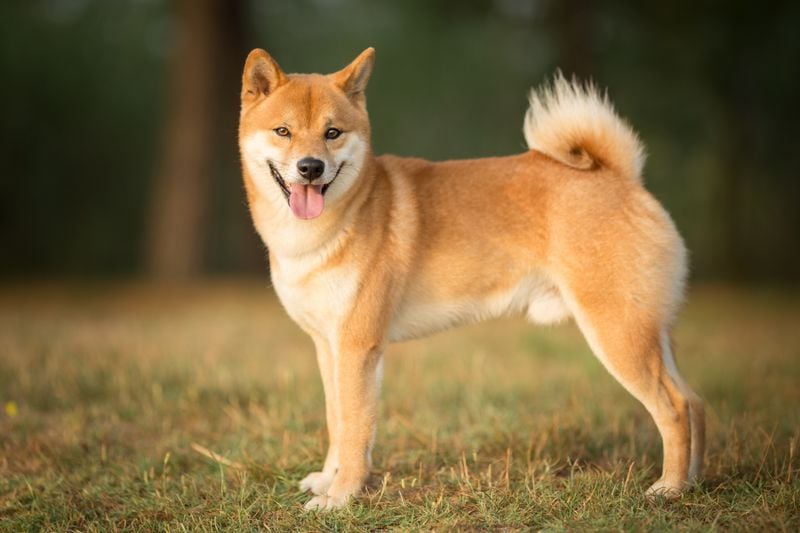
Shiba Inus approach commands with a fox-like cleverness that evaluates whether listening is worth their while. These ancient Japanese hunting dogs maintain a strong independent streak that served them well when hunting solo in mountainous terrain. Their intelligence isn’t in question – Shibas understand commands perfectly. They simply maintain their right to veto your suggestions if better options present themselves. The famous “Shiba scream” perfectly captures their dramatic resistance to doing anything against their will. Training requires creativity and respect for their dignity. Many Shiba owners report their dogs giving them side-eye when commands don’t align with the dog’s personal agenda.
6. Beagle: The Nose-Driven Dreamer
In some dogs, curiosity is visual or auditory—but for this breed, it’s all about the nose. Once locked onto a scent, everything else, including your voice, tends to fade into irrelevance. Their intense focus on following trails isn’t disobedience; it’s a deeply ingrained instinct that overrides nearly all other inputs. Commands can easily go unnoticed when their brains are busy decoding the latest fascinating aroma wafting by. Effective training involves embracing their natural scent-driven behavior rather than trying to suppress it. Many owners find success using irresistible treats or toys to redirect attention back to them. With patience, structure, and an understanding of what truly motivates them, they can become responsive companions—though their nose will always lead the way.
7. Dachshund: The Stubborn Strategist
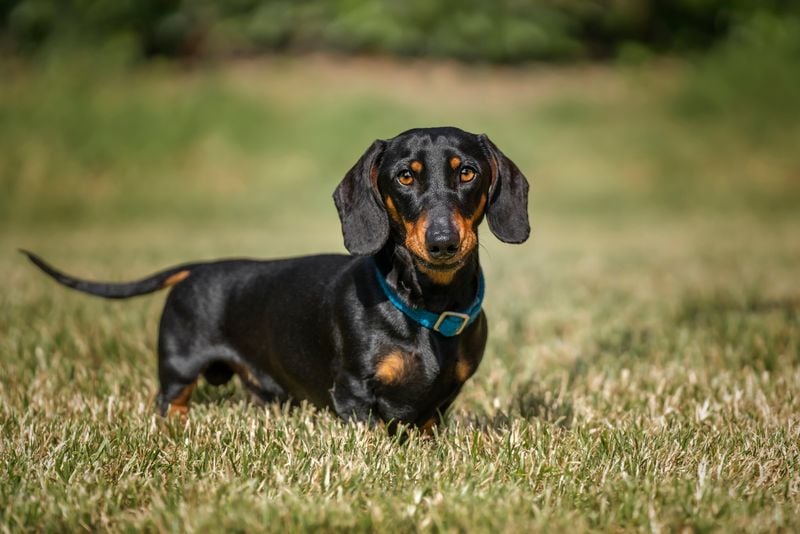
Dachshunds bring the determination that helped them hunt badgers underground to how they respond to commands – with strategic assessment of whether compliance serves their interests. These little dogs have outsized personalities and independent thinking skills. Their hunting heritage required making decisions without human input while underground. This self-reliance remains embedded in their approach to training. Dachshunds aren’t being difficult for difficulty’s sake – they’re simply evaluating commands through their own logical framework. Many Dachshund owners report their dogs giving them a calculated look before deciding whether to listen. Training works best when framed as a partnership rather than expecting blind obedience.
8. Pekingese: The Imperial Ignorer
Some small dogs carry an outsized sense of self-importance, and few embody that regal confidence quite like this breed. With an air of quiet authority, they evaluate commands as if weighing whether the request is truly worthy of their time. Their history as cherished companions of emperors is reflected in their independent, dignified demeanor. Rather than obeying blindly, they prefer to engage on equal terms—responding best when approached with mutual respect. Training works most effectively when it feels like a collaboration, not a directive. Owners often find themselves negotiating rather than instructing, especially when the task at hand interferes with something more essential—like an afternoon nap. These dogs don’t lack intelligence; they simply expect to be treated like royalty.
9. Borzoi: The Aristocratic Daydreamer
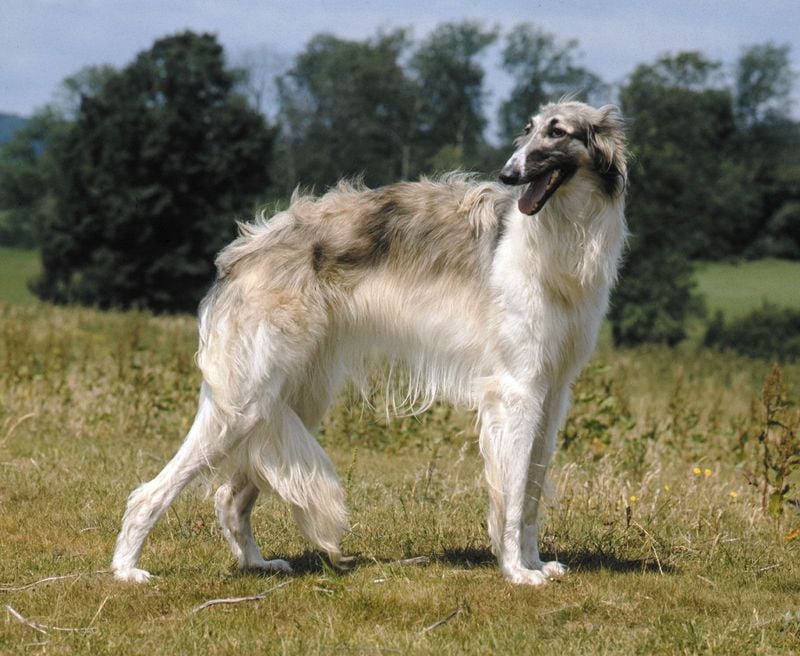
Borzois respond to commands with the languid consideration of nobility being asked to perform manual labor. These Russian sighthounds were companions to czars and maintain an aristocratic independence in their listening habits. Their hunting style involved making independent decisions while chasing game across vast Russian plains. This self-sufficiency remains central to their personality, including how they process human requests. Borzois aren’t being deliberately disobedient – they simply operate on their own elegant timeline. Many owners describe their Borzois as having a dreamy quality, sometimes seeming lost in thought rather than ignoring commands. Training requires patience and accepting that royal blood doesn’t rush for anyone.
10. Jack Russell Terrier: The Busy Multitasker
Some dogs seem to weigh every command against their own to-do list, and few demonstrate this as amusingly as this lively, quick-witted breed. With boundless energy and a brain that never stops whirring, they often appear to hear you loud and clear—then promptly decide their current mission is more pressing. Their heritage as independent hunters shaped them to think on their feet and solve problems without waiting for guidance. That instinct is still very much alive, showing up in their spirited, sometimes mischievous behavior. They’re capable of learning quickly, but they’ll always run your instructions through their own internal priority filter. A call to “come” might earn you a glance and a wag before they return to more exciting pursuits—like excavating your garden. Successful training hinges on working with their drive and intelligence, not trying to suppress the stubborn streak that makes them so uniquely them.

